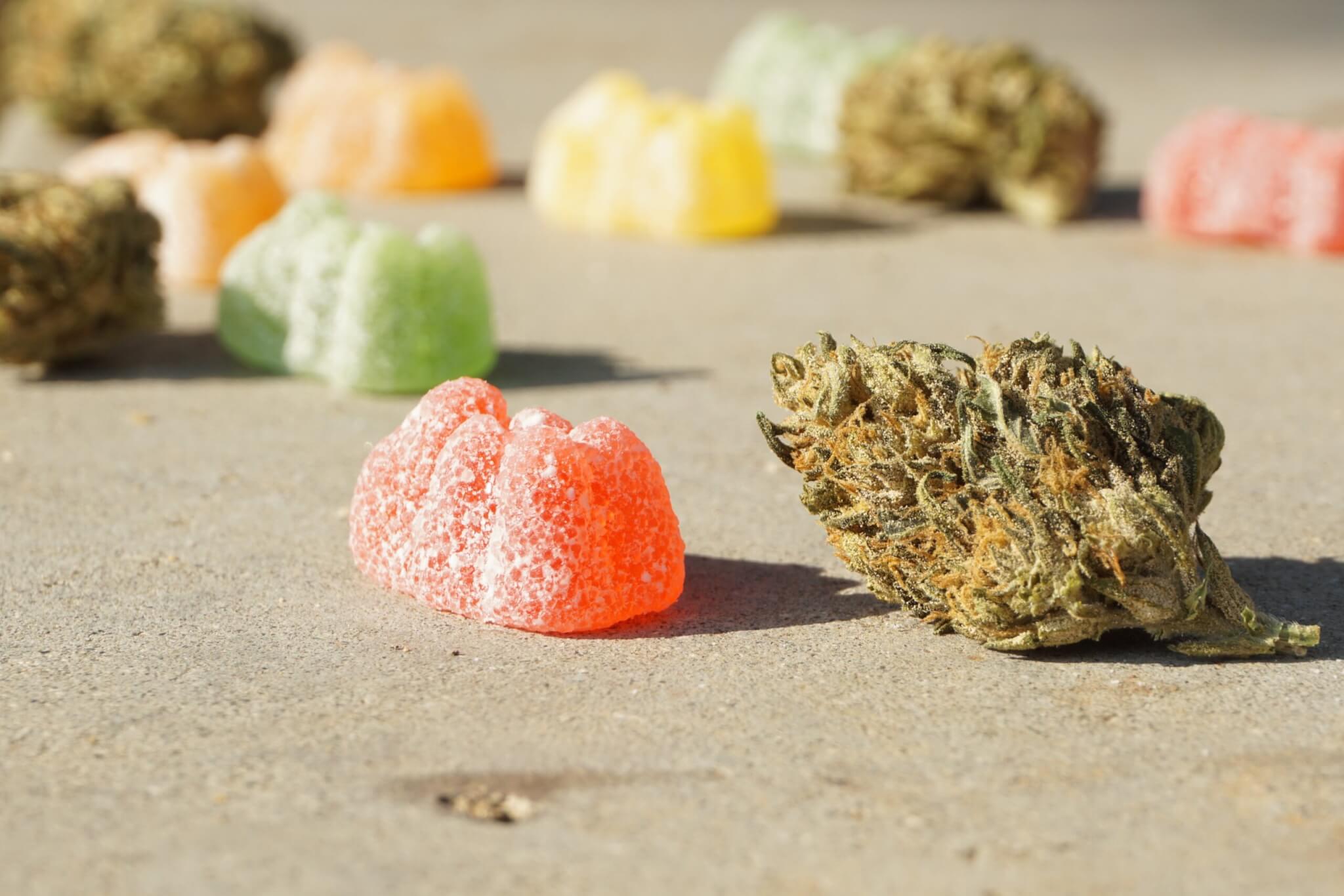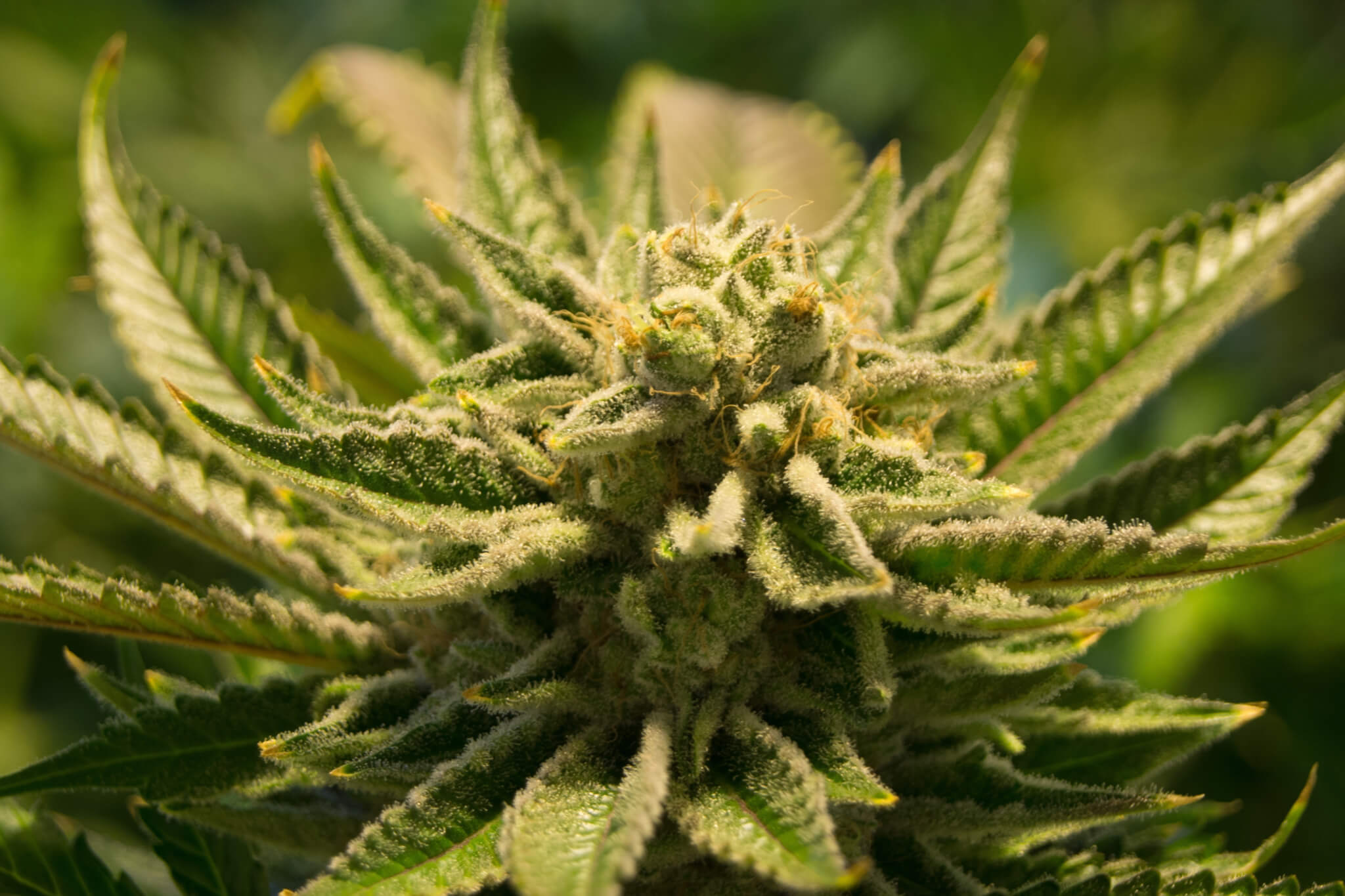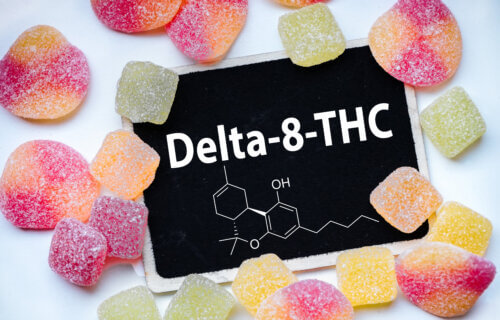NORTH BETHESDA, Md. — A large portion of high school students are using a potentially dangerous psychoactive compound found in the Cannabis sativa plant. In a survey funded by the National Institutes of Health, approximately 11 percent of 12th-grade students across the United States reported using delta-8-tetrahydrocannabinol (also called delta-8 THC or just delta-8) in the past year. This compound, derived from hemp, mirrors the effects of delta-9-THC (delta-9), the main component in cannabis that produces the hallmark “high” feeling.
According to Research.com, there are 3.7 million senior high school students in the United States, meaning thousands of teens may be experimenting with this substance.
The study, published in the journal JAMA, marks the first time delta-8 usage was specifically measured, highlighting the increasing accessibility of hemp-derived THC products to teenagers. This comes amidst concerns over cannabis use among teens, which is linked to various negative health outcomes, including impact on learning, memory, and attention, as well as the potential for psychiatric disorders.
5 Essential Facts of Delta-8-THC
1. Lack of FDA Approval and Potential Public Health Risks
Delta-8 THC products have not been approved by the Food and Drug Administration (FDA) for safe use. The absence of evaluation means that the safety, efficacy, and quality of these products remain uncertain. Concerns extend to the variability in product formulations, labeling inaccuracies, and misleading marketing practices.
According to the FDA, some delta-8 products are incorrectly marketed as “hemp products,” potentially leading consumers to believe they are non-psychoactive, despite their intoxicating effects. The FDA has also flagged products claiming unverified medical benefits, emphasizing the risks of substituting these for approved treatments.
2. Reports of Adverse Effects
The FDA has documented adverse event reports associated with delta-8 THC consumption. Between December 2020 and February 2022, 104 reports highlighted issues such as hallucinations, vomiting, tremors, and loss of consciousness, with over half of these cases requiring hospital admission or emergency intervention. Additionally, national poison control centers recorded 2,362 exposure cases in roughly the same period, affecting both adults and children, with one pediatric case tragically resulting in death.
3. Psychoactive and Intoxicating Effects
Delta-8 THC produces psychoactive and intoxicating effects akin to delta-9 THC, the primary psychoactive component in cannabis. Concern arises from the higher levels of delta-8 THC in marketed products compared to what is naturally found in hemp extracts, posing significant safety questions for consumers.
4. Use of Potentially Harmful Chemicals in Production
The production of delta-8 THC often involves chemical synthesis from other cannabinoids, such as CBD. This process can entail the use of unsafe household chemicals, leading to potentially harmful byproducts. There’s also concern over the manufacturing environments, which may be uncontrolled or unsanitary, further risking contamination.
5. Risks to Children and Pets
Delta-8 THC products, appealingly packaged as gummies, chocolates, and candies, pose a significant risk of accidental consumption by children and pets. Reports from poison control centers underscore the danger, with numerous cases involving unintentional exposure and serious health outcomes. It’s imperative to store these products out of reach to prevent accidental ingestion.

‘We don’t know enough about these drugs’
Researchers found a significant overlap between delta-8 and marijuana use among high school seniors, with nearly 91 percent of delta-8 users also reporting marijuana consumption. This contributes to the approximately 30 percent of 12th graders who admitted to using marijuana in the past year. The analysis further revealed regional differences in delta-8 consumption, showing higher usage rates in the South and Midwest, particularly in states lacking cannabis legalization or specific delta-8 regulations.
“Eleven percent is a lot of people — that’s at least one or two students in every average-sized high school class who may be using delta-8. We don’t know enough about these drugs, but we see that they are already extremely accessible to teens,” says Dr. Nora Volkow, director of the National Institute on Drug Abuse, in a media release.
“Cannabis use in general has been associated with negative impacts on the adolescent brain, so we must pay attention to the kinds of cannabis products teens are using, educate young people about potential risks, and ensure that treatment for cannabis use disorder and adequate mental health care is provided to those who need it.”

Delta-8, like delta-9, is one of over 100 cannabinoids found in the Cannabis sativa plant. Despite its intoxicating effects, there is no federal age restriction for purchasing delta-8 products, which are widely available online, in gas stations, and convenience stores. The FDA has issued warnings about the potential health risks associated with delta-8, including adverse events and exposure to harmful byproducts.
The Monitoring the Future survey, conducted by the University of Michigan researchers and funded by NIDA, aims to track substance use among 8th, 10th, and 12th graders in the U.S. The 2023 survey’s findings on delta-8 have led to the inclusion of questions on this substance in future surveys for all age groups to better understand its use among teenagers.
“Delta-8 products are out there where teens can easily find and buy them, and there needs to be continued surveillance of its use, as well as public health efforts to help youth and parents stay informed and safe,” notes lead study author Dr. Alyssa Harlow, clinical assistant professor of population and public health sciences at the University of Southern California (USC) and a member of the USC Institute for Addiction Science.
As the cannabis product market evolves rapidly, the study underscores the crucial need for research and policy to adapt to these changes. With the documented national trends, efforts can be directed towards safeguarding youth from potential harm and ensuring they are educated about the risks of using such substances.
